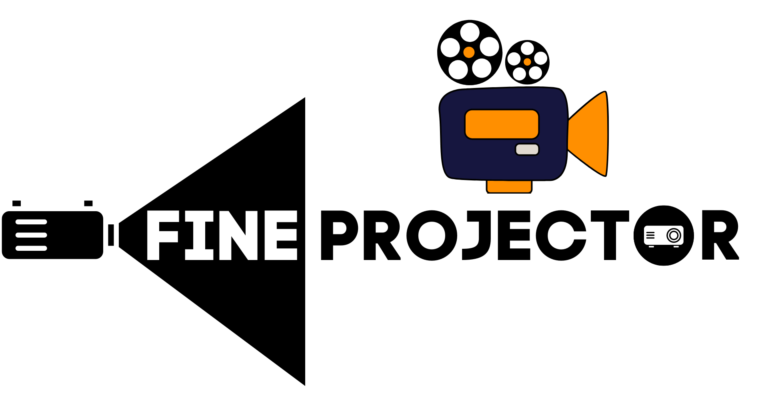In today’s digital age, projectors have become ubiquitous tools for presentations, home entertainment, and educational purposes. They can transform any flat surface into a canvas for displaying images and videos. But have you ever wondered how these magical devices work? In this article, we’ll delve into the fascinating world of projectors, exploring their inner workings and shedding light on the technology behind them.
What Is a Projector?
A projector is an optical device that takes an image or video signal and projects it onto a larger surface, typically a screen or wall. It’s like having a portable cinema or a dynamic presentation tool at your disposal. Whether you want to watch movies, showcase a business presentation, or enhance your gaming experience, projectors have you covered.
Understanding the Basics
Before we dive into the intricacies, let’s start with the basics. A projector is a device that takes an image or video source and projects it onto a larger surface, typically a screen or wall. This process involves several components working seamlessly together to create a captivating visual experience.
Light Source
At the heart of every projector is a light source. This source could be a lamp, LED, or laser diode, depending on the type of projector. The light emitted is crucial because it serves as the foundation for the entire projection process.
Imaging System
The imaging system plays a pivotal role in shaping the projected image. Most projectors use one of two primary technologies: Digital Light Processing (DLP) or Liquid Crystal Display (LCD). DLP projectors utilize tiny mirrors to reflect light, while LCD projectors use liquid crystal panels to modulate light. These systems work in tandem to create the image that eventually graces the screen.

Colour and Resolution
The vividness and clarity of the projected image depend on factors like colour accuracy and resolution. Projectors are designed to reproduce colours faithfully, ensuring that your presentations or movies are displayed with precision. The resolution, measured in pixels, determines the level of detail in the image. Higher-resolution projectors produce sharper, more detailed visuals.
Projection Lens
The projection lens is responsible for focusing the light and directing it towards the screen. The type of lens used can impact the throw distance, image size, and clarity. Some projectors come with adjustable lenses, allowing users to fine-tune the projection to suit their needs.
The Role of Mirrors
In certain projector setups, mirrors play a critical role in directing light. These mirrors can be motorized or static, helping to adjust the projection angle and position. They ensure that the image is properly aligned and centred on the screen.
Color Wheels and Filters
To achieve accurate colour representation, projectors often incorporate colour wheels or filters. These components help in the precise control of colours, ensuring that what you see on the screen matches the original content.
The Projection Process
Now that we’ve explored the key components let’s walk through the projection process itself:
- Image Source: The projector receives an input signal from a connected device, such as a computer, Blu-ray player, or gaming console.
- Light Generation: The light source inside the projector is activated, emitting a powerful beam of light.
- Image Formation: Depending on the technology (DLP or LCD), the imaging system processes the input signal and creates an image by modulating the light.
- Colour Enhancement: Color wheels or filters are used to enhance and adjust the colours as needed.
- Projection Lens: The focused and coloured image is then directed through the projection lens, which magnifies it.
- Display on Screen: The magnified image is projected onto the screen or wall, creating a large-scale visual representation of the content.
Conclusion
Projectors have come a long way from their early days as bulky, low-resolution devices. Today, they offer exceptional image quality and versatility, making them indispensable in various settings. Whether you’re giving a presentation, enjoying a movie night, or teaching a class, understanding how projectors work can deepen your appreciation for these remarkable devices. So, the next time you see a stunning image projected on a screen, you’ll know that it’s the result of intricate technology and precise engineering, all working together to bring your content to life.

